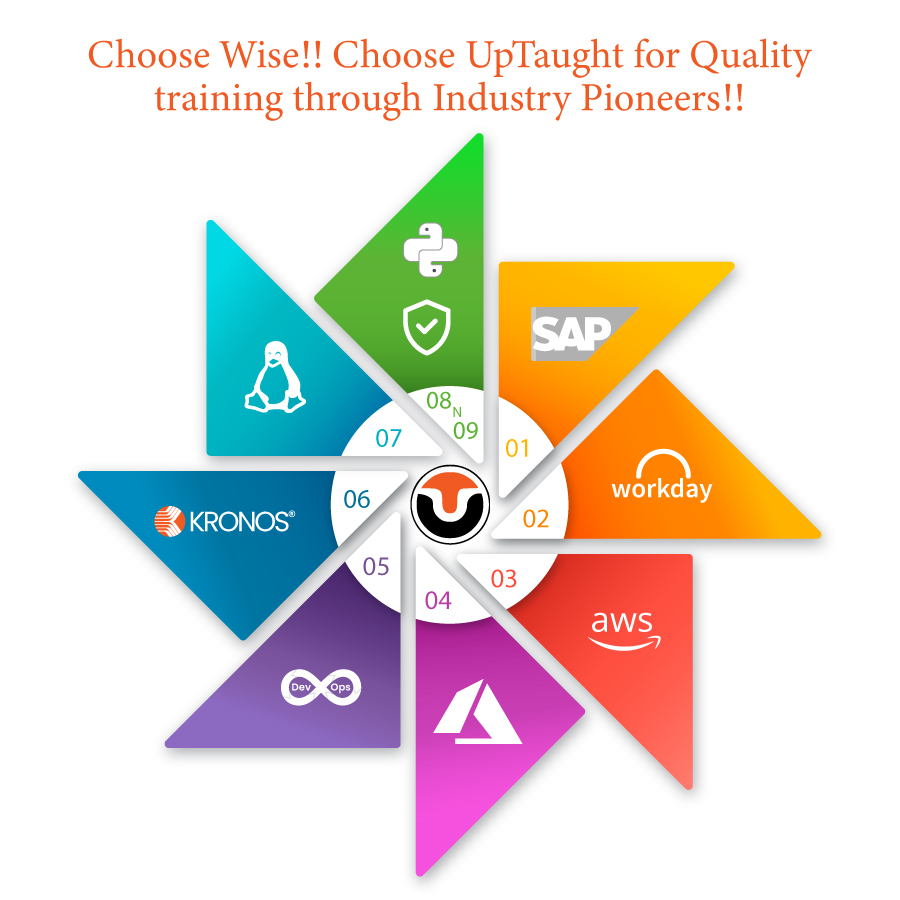An associate web developer is a junior web developer who is responsible for the team’s basic obligations. As an associate developer, you analyze the client’s needs, assemble a team, and assign development duties to each member.
AWS certification isn’t simply good for your CV; it may also help you fetch a higher income or rate. According to our independent salary survey, after completing their certification, 70% of AWS workers interviewed claimed a wage boost of up to 20%.
Want to know more about AWS? Click here
The following are the abilities needed to work as an AWS Developer:
- Programming skills in a variety of languages.
- Cloud computing knowledge.
- Understanding of Lambda.
- Networking expertise.
The following are some critical skills that an AWS Developer should have:
- At least one high-level programming language in-depth understanding
- Knowledge of essential AWS services, usage, and best practices for AWS architecture
- Proficiency with Amazon Web Services (AWS) for designing, deploying, and troubleshooting cloud-based applications.
- Ability to create applications using AWS service APIs, AWS CLI, and SDKs.
- Ability to recognize important aspects of Amazon Web Offerings (AWS) services.
- The AWS shared responsibility concept is well-understood.
- Management of the application lifetime is something you should be aware of.
- Ability to deploy applications on AWS using a CI/CD pipeline
- Ability to communicate with or use AWS services.
Visit our course page to know more
AWS Developer Responsibilities:
AWS Developers are expected to be knowledgeable about all of AWS’ key services. The nature of the infrastructure, on the other hand, varies depending on where you apply for a job. The following are some of the most common prerequisites for AWS developer jobs:
- Core AWS services are something I’m familiar with.
- Make recommendations for enhancements to the current application infrastructure.
- Establish and record best practices and strategies for application deployment and infrastructure maintenance.
- With no downtime, migrate infrastructure to one that is highly available and scalable.
- Assemble a monitoring stack.
- Come up with service capacity planning strategies.
- Implement an application’s CI/CD pipeline using the AWS CI/CD stack.
- Write infrastructure as a code using CloudFormation or Terraform (IaC).
- A thorough understanding of Linux/Unix administration is required.
- Docker and Kubernetes experience.
- At least one programming language is required.
- Understanding best security practices, such as the use of IAM roles and KMS, is essential.
- Knowledge of monitoring tools such as Prometheus, CloudWatch, and the ELK stack.
- Exposure to the design of large-scale systems.
- Troubleshooting skills for distributed systems.
- Ability to create and maintain cloud-native apps.
- Serverless techniques using AWS Lambda are something I’m familiar with.
That’s all for today. If you want to connect with us regarding the AWS Course, visit our website.
Keep learning!





